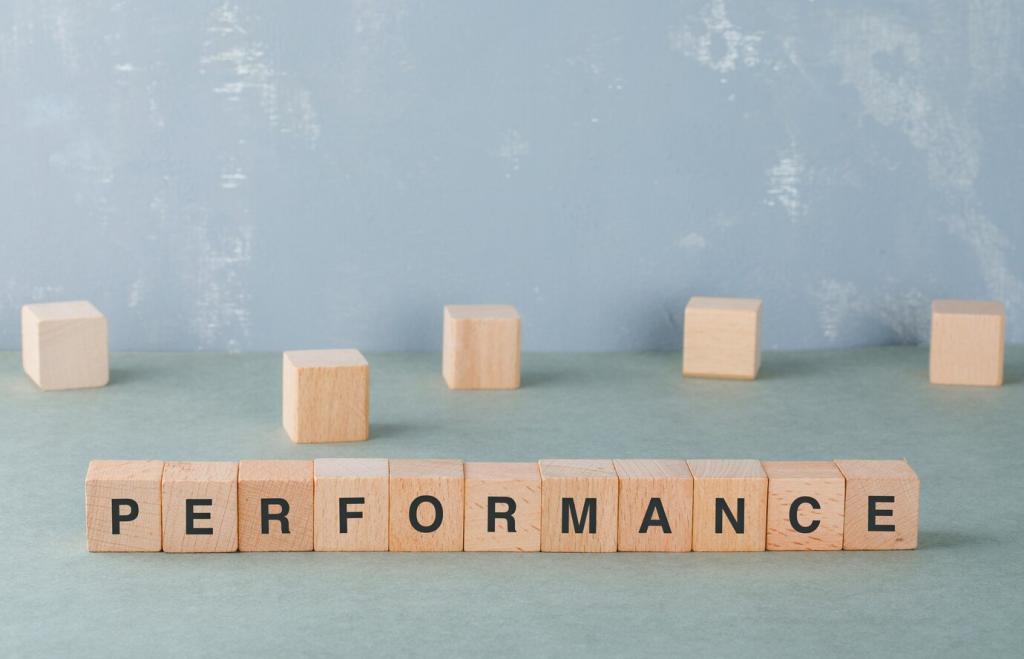
Minimalist Design Trends for a Focused Environment
Chosen theme: Minimalist Design Trends for a Focused Environment. Step into a calmer, sharper way of living and working, where every object earns its place and attention flows naturally toward what matters most.
The Psychology of Less: Why Minimalism Boosts Focus
Eye-tracking studies show fewer fixations in clean environments, freeing working memory for tasks that matter. By limiting competing stimuli, minimalist spaces cut background processing and reduce mind-wandering, so your concentration holds steady longer. Share your experience: when did less visual clutter give you more mental stamina?
Color, Light, and Texture: A Calm Palette for Deep Work
Soft neutrals like warm whites, mushroom grays, and muted sand tones create a restful base. Add a single accent—a clay vase or indigo notebook—to direct attention intentionally. This restrained palette reduces visual chatter while preserving personality. What two colors best calm your focus zone?
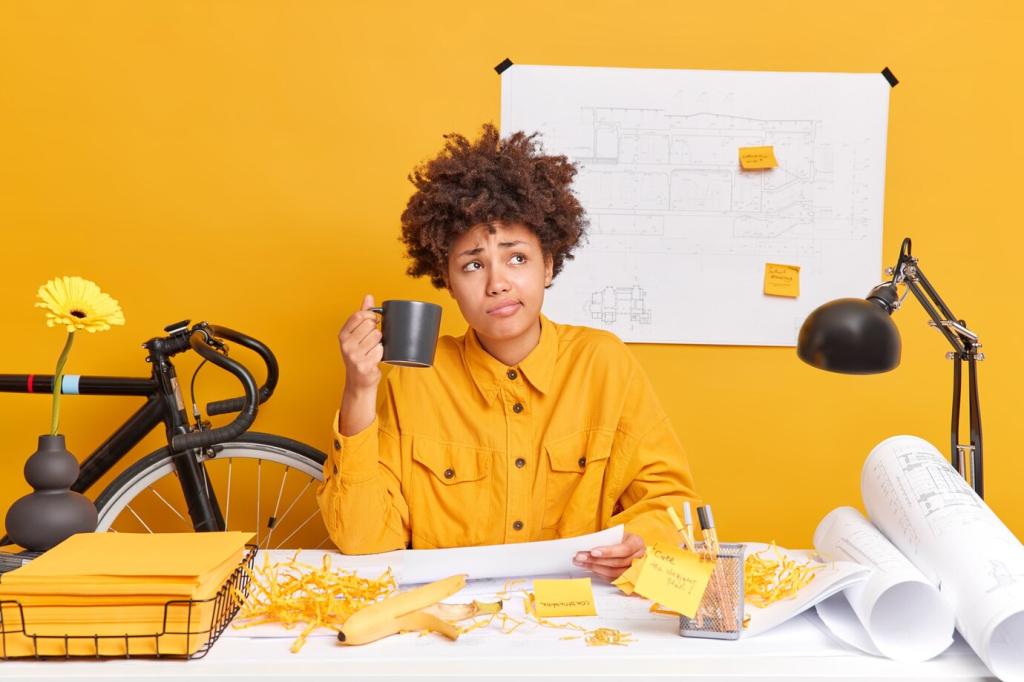
Choose one desk that fits your body and work style, then make cables vanish using under-desk trays and adhesive channels. The visual relief is immediate. A single, clear plane signals permission to start, and a tidy underside prevents the daily tangle that steals minutes and mood.
Essential Furniture and Layouts: Space That Serves
Define a standing corner with a simple anti-fatigue mat, a sitting zone with an ergonomic chair, and a thinking chair by a window. Keep boundaries clear using negative space rather than heavy dividers. Flexibility, not excess furniture, allows you to shift gears without breaking attention.
Essential Furniture and Layouts: Space That Serves
Digital Minimalism: Decluttering the Invisible Workspace
Single-Task Interfaces and Distraction Shields
Use full-screen modes, focus timers, and per-app Do Not Disturb to protect deep work. Hide browser toolbars and dock icons during sprints. One window equals one intention. When everything else fades, your working memory no longer juggles tabs, and your output becomes meaningfully clearer.
Icon Diet and Notification Fasting
Audit your home screen weekly. Remove redundant apps, batch badges, and disable non-essential alerts. The silence is not empty—it is generous. You will notice calmer micro-moments between tasks, fewer reflexive checks, and a rising trust that you control your attention, not your phone.
File Systems That Think Like You
Adopt a shallow, intuitive folder structure with clear names and predictable homes. Pair it with consistent dates and a single archive rule. When retrieval is effortless, you save minutes daily and avoid the stress spiral of searching. Share your best two-folder trick in the comments.
Sound, Scent, and Biophilic Touches: Subtle Senses that Support Focus
Strategically place a wool rug, fabric wall hangings, or a cork board to reduce reverberation. A small diffusion bookshelf often beats bulky panels in home offices. Quiet rooms curb stress hormones, helping your brain stay in problem-solving mode rather than vigilance. What small tweak softened your soundscape?
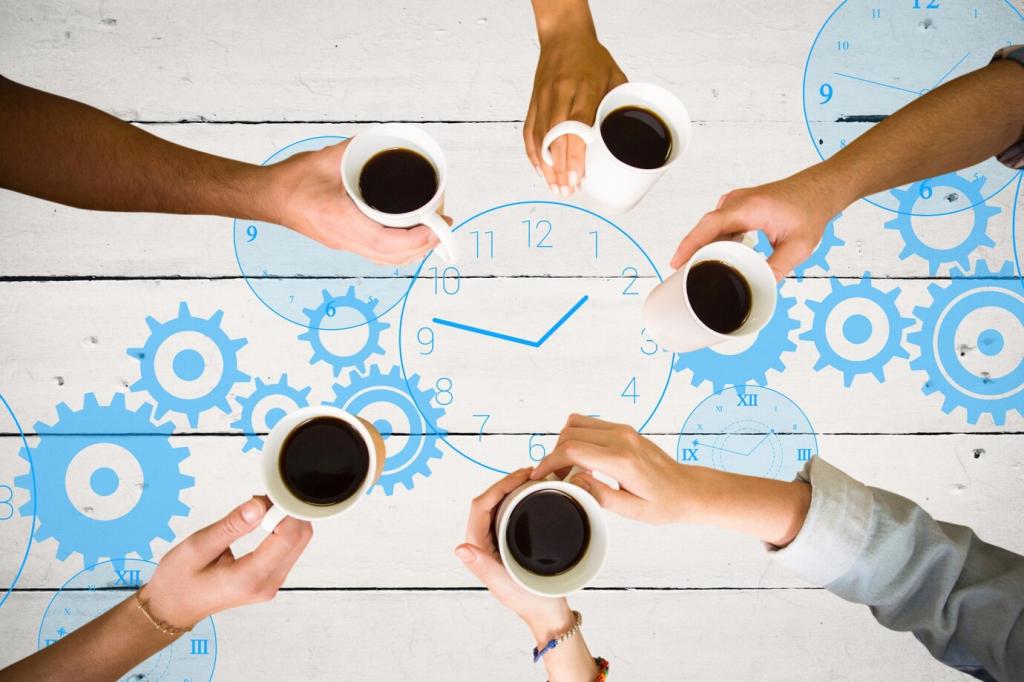

Maya boxed half her props, kept only one mood-board rail, and hid cords behind a maple fascia. Her deliverables sped up, not down. By month’s end, clients noticed sharper concepts and fewer revisions. She swears the empty third of her desk is now her best collaborator.
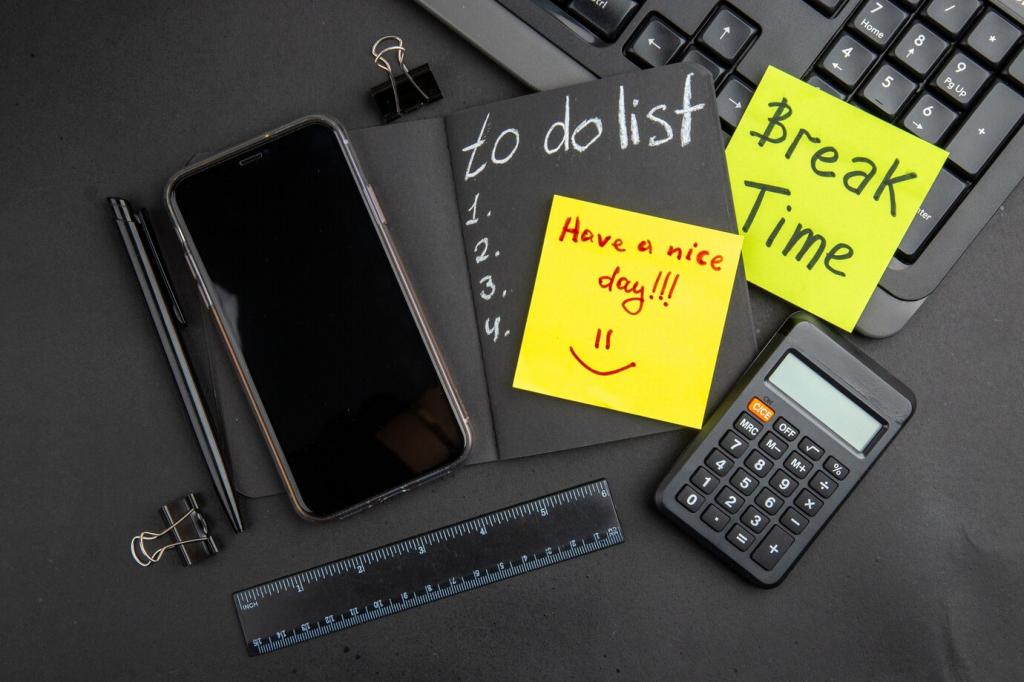
Jon labeled two trays: Today and Parked. Everything else went digital. When Today filled, he moved meetings, not objects. The visible scarcity forced honest prioritization and ended late-night backlog guilt. Try it for a week and report back—did the trays change your planning conversations?
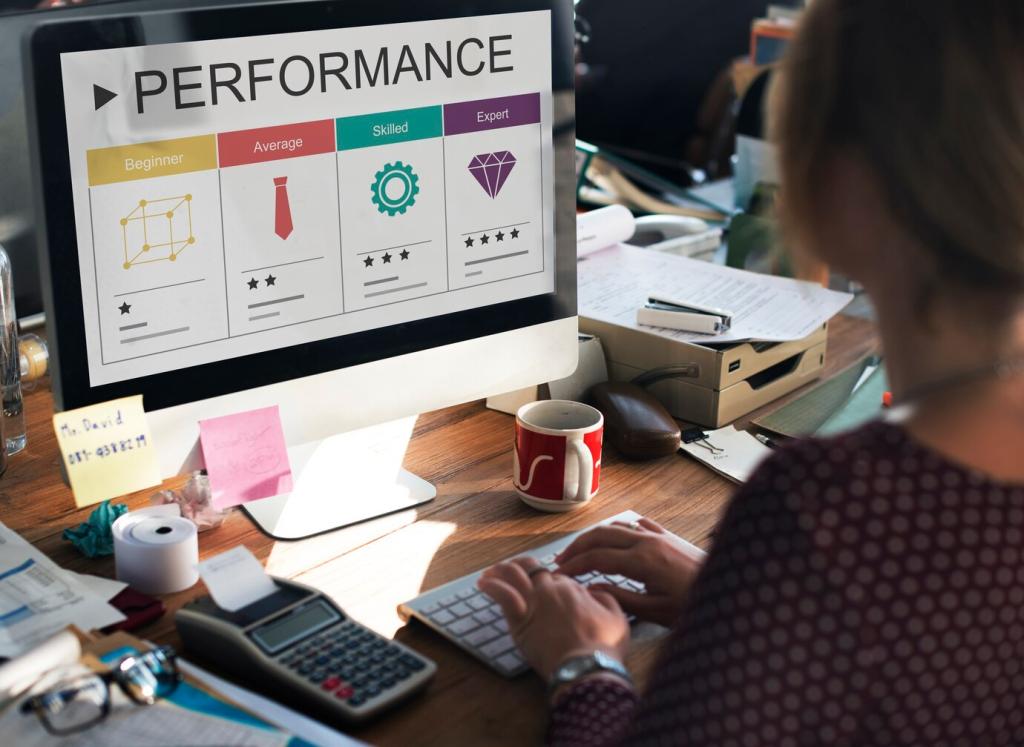
One teacher removed posters from a reading corner, added a single floor lamp, a low shelf, and soft rug. Noise dropped. Reading times lengthened. Students began recommending books quietly to each other. Minimalism didn’t mute energy; it redirected it toward stories, where attention belongs. Subscribe for more case studies.
